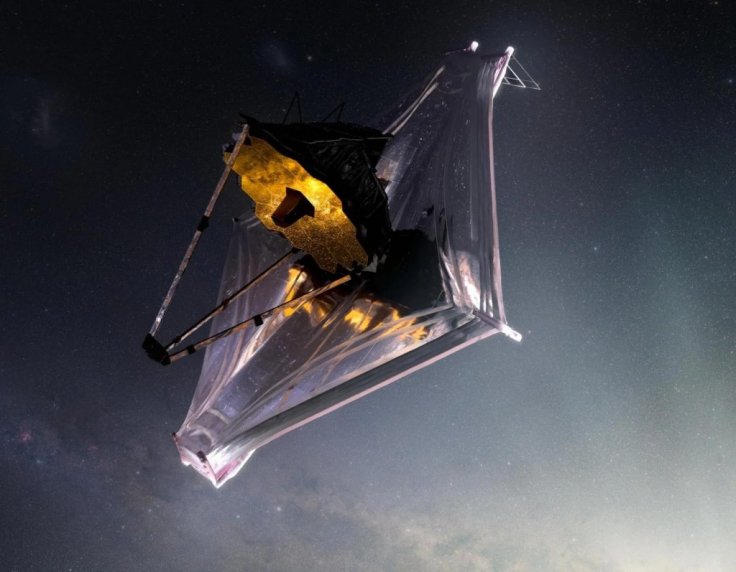The discovery of massive galaxies dating back to within 600 million years of the Big Bang shows that the early universe may have been a stellar fast-track that produced these gigantic monsters.
The new James Webb Space Telescope helped astronomers spot even older galaxies that date to within a mere 300 million years of the beginning of the universe. Scientists have been awed by the sheer size and maturity of the six mega-galaxies.
Weighs Greater than the Sun
According to the scientists, who published their findings in the journal Nature, each of the six objects looks to weigh billions of times more than our sun. The total weight of all its stars may be as much as 100 billion times greater than our sun.

Ivo Labbe, lead researcher from Australia's Swinburne University of Technology, said the galaxies in this era are still small and only gradually growing larger over time. "There are a few monsters that fast-track to maturity. Why this is the case or how this would work is unknown." He believes these galaxies are extremely compact, squeezes in as many stars as our own Milky Way, but in a relatively tiny slice of space.
Labbe shared that his team didn't think the results were real at first. The researchers thought there couldn't be galaxies as mature as the Milky Way so early in time. "The objects appeared so big and bright that some members of the team thought they had made a mistake. We were mind-blown, kind of incredulous."
Something Unexpected
Joel Leja, a researcher at Pennsylvania State University who took part in the study, described the finding as "universe breakers". He said the revelation upends what many had thought was settled science. "It turns out we found something so unexpected it actually creates problems for science. It calls the whole picture of early galaxy formation into question."

This was made possible with the bigger and more powerful Webb that can peer through clouds of dust with its infrared vision. But scientists are still awaiting official confirmation through sensitive spectroscopy. Leja highlighted that a few of the objects might not be galaxies, but obscured supermassive black holes. However, Labbe said odds are good that at least some of them will turn out to be galactic giants.
Scientists are looking forward to what more the new James Webb Space Telescope will show them.









